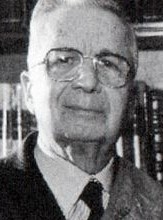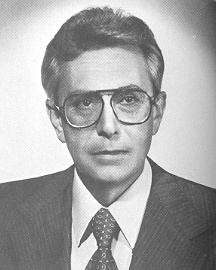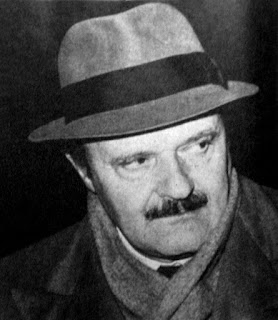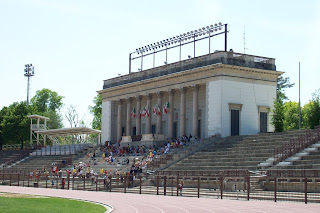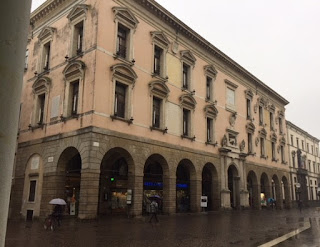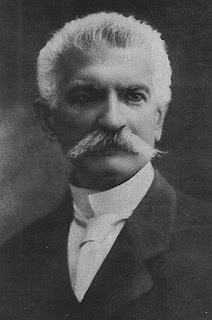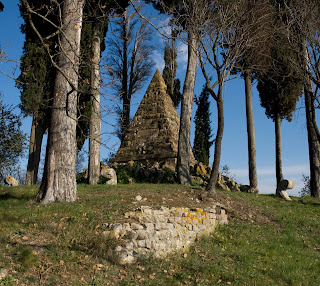Popular presenter found fame early in career
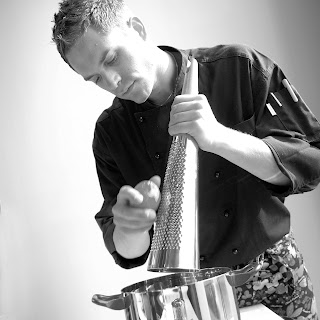 |
| Simone Rugiati has been a regular participant in TV programmes since he was just 21 years old |
He became a famous face on TV in Italy with a seven-year run on the hit cookery show La Prova del Cuoco - the Test of the Cook - a hugely popular daytime programme on Rai Uno based on the BBC show Ready Steady Cook, fronted by Antonella Clerici.
Rugiati has also presented numerous programmes on the satellite TV food channel Gambero Rosso and since 2010 he has been the face of Cuochi e Fiamme - Cooks and Flames - a cookery contest on the La7 network in which two non-professional chefs cook the same dish and see their efforts marked by a panel of judges.
He has also taken part in reality TV shows, including the 2010 edition of L’Isola dei Famosi, an Italian version of the American show Survivor.
Rugiati reached the semi-final of another reality show, Pechino Express, in which the competitors, paired in couples, complete an epic 7,900km (4,900 miles) journey from Haridwar in the northern Indian state of Uttarakhand to Beijing in China, undertaking various challenges along the way.
 |
| Rugiati has been a contestant in reality TV shows as well as fronting a series of cookery programmes |
The son of a physical education teacher, Rugiati left school to enrol at a specialist institute for hoteliers and chefs at Montecatini Terme, about 30km (18 miles) from Santa Croce, where he emerged with a diploma.
Soon afterwards, he began working in restaurants in Tuscany as a commis chef, working under a head chef and acquiring all the disciplines required to run a professional kitchen.
His media career began in 2002, when a few months before making his television debut he was appointed resident chef for the magazine La mia cucina at the age of just 21. He went on to cook for two more magazines, Buon appetito and Mangiar sano.
 |
| The cover of Rugiati's latest book, about home cooking |
A regular speaker at fairs and conventions dedicated to food, he is the author of many books full of recipes, including Casa Rugiati, Stories of Brunch and Chef in the City.
Rugiati is a lively personality who has a reputation for being outspoken. Recently, he made the news when he posted a video of himself leaving a sushi restaurant where he claimed the food would have put him in hospital had he consumed it, prompting the owner to threaten to sue him.
| A wintry scene in Piazza Garibaldi, the central square in Santa Croce sull'Arno |
Rugiati’s home town of Santa Croce sull’Arno is situated, as the name suggests, on the banks of the Arno river, about 50km (31 miles) downstream from Florence. It is thought to take its name from an oratory in which a wooden cross was found. The present day oratory of the church of San Lorenzo features a wooden Christ on the cross that dates back to the 13th century. The area is surrounded by hills, which are popular with walkers, although the town itself is built on a plain. Santa Croce sull’Arno is best known for its leather industry, with at one time more than 400 workshops and factories squeezed into its 17sq km (11 sq ml) area.
 |
| The entrance to the Liberty-style Municipio building in Montecatini |
Montecatini Terme, where Rugiati began his studies to become a chef, is famous for its thermal waters, which still attract thousands of visitors each year to its spas, many of them wonderful examples of decorative Liberty-style architecture. The town enjoyed great popularity in the late 19th and early 20th centuries, when hotels, restaurants, theatres and nightclubs multiplied. It had a great attraction for celebrities from the world of the arts, such as the composers Giuseppe Verdi, Pietro Mascagni and Ruggero Leoncavallo, the poet Trilussa, the opera singer Beniamino Gigli and the novelist and dramatist Luigi Pirandello, who were all regular visitors.
Also on this day:
1671: The birth of Grand Duke Gian Gastone, the last Medici to rule Florence
1751: The birth of Charles Emmanuel IV - King of Sardinia
Home







